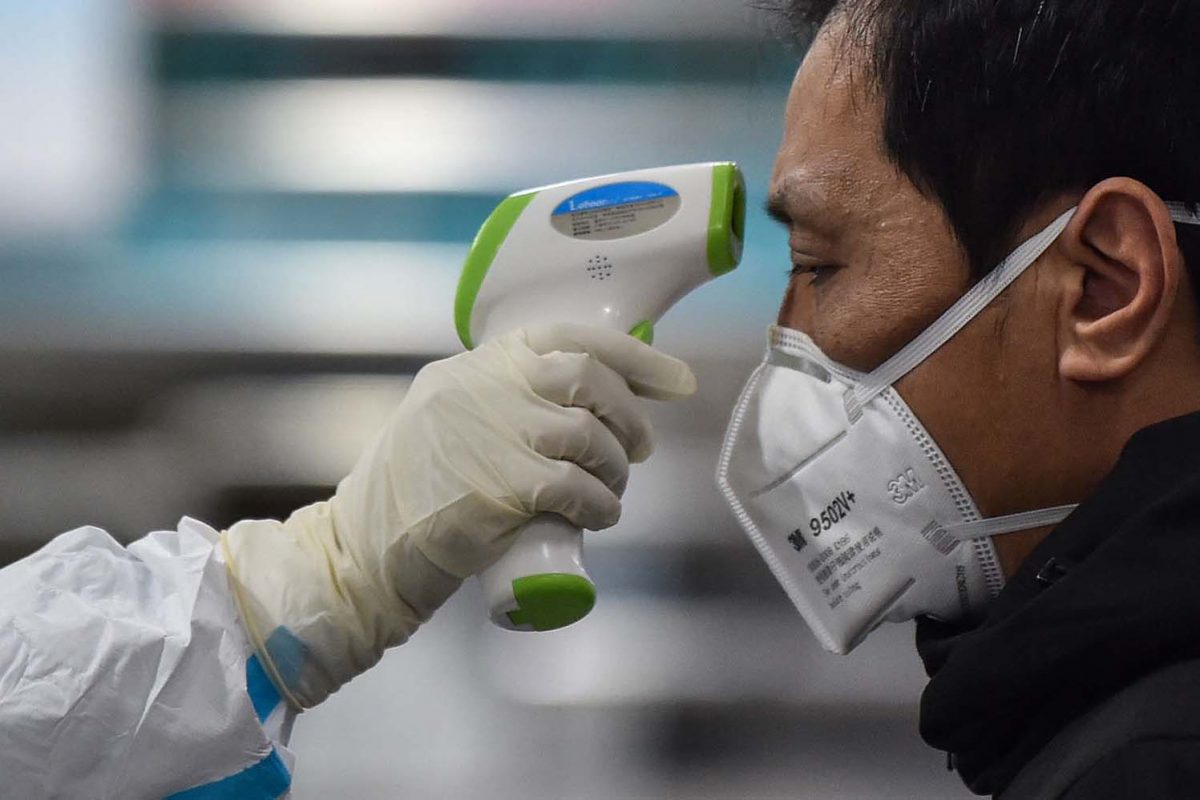The Coronavirus symptoms are spreading all over the world and most people infected with it experience mild to moderate respiratory illness.
Older people, and those with underlying medical problems like cardiovascular disease, diabetes, chronic respiratory disease, and cancer are more likely to develop serious illness.
Differentiate coronavirus symptoms
The coronavirus symptoms are similar to the ones of the common cold and flu. However, there are more than 1,033,478 cases confirmed, therefore, coronavirus is extremely dangerous.
The symptoms may appear 2-14 days after exposure. The most common coronavirus symptoms are fever, cough and shortness of breath.
Moreover, it can be accompanied with tiredness, aches and pains, headaches and sore throat. Runny nose and sinus congestion are very uncommon in COVID-19.
However, if you develop emergency warning signs for COVID-19 get medical attention immediately. Emergency signs include trouble breathing, persistent pain or pressure in the chest, new confusion or inability to arouse, bluish lips or face.
On the other hand, typical symptoms of the common cold include sneezing, runny and stuffy nose. There are also, sore throat, coughing, post-nasal drip and watery eyes. Fever usually does not occur.
Symptoms of a cold usually appear anywhere from two to three days after you contract it.
Seasonal influenza (flu) is still active and generally coms on fast and furious. It is a common respiratory infection caused by a virus that affects your nose, throat, lungs and can last from 5 to 7 days.
Typical symptoms include fever and/or chills, usually dry cough, fatigue. Also, aches and pain, headache, sore throat, runny or stuffy nose, vomiting and diarrhea (more common in children tan adults).
Preventive measures
The best way to prevent illness is to avoid being exposed to this virus.
Namely, the virus is thought to spread mainly from person to person between people who are in close contact with one another and through respiratory droplets produced when an infected person coughs or sneezes.
There are things you can do to help reduce the risk of you and anyone you live with getting ill with coronavirus.
Wash your hands with soap and warm water often, for at least 20 seconds and use hand sanitizers. Also, cover your mouth and nose with a tissue when coughing or sneezing and throw away the used tissue, do not touch your face.
Additionally, avoid contact with people who are sick, put distance between yourself and other people. Also, stay at home, clean and disinfect frequently touched surfaces like doorknobs, handles, desks, phones, etc.
